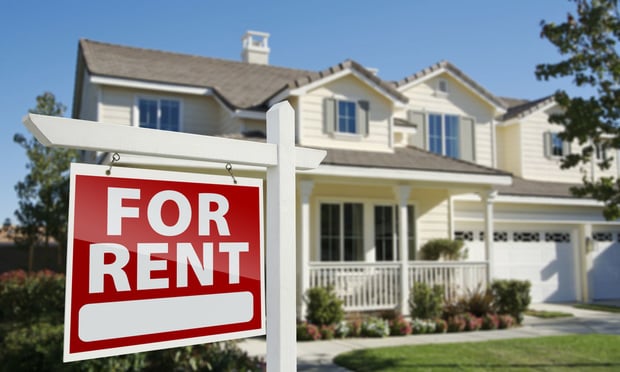An online real estate database company just released new figures showing that renters’ preferred location is tiling toward the suburbs.
Zillow attributed the new data to the impact of the coronavirus because of the spike in unemployment. Zillow reasoned that renters were hit more severely by the economic effects of the coronavirus than homeowners Instead of shelling out their savings on an apartment, for instance, millions of people who previously rented have chosen to move back in with family.
Joshua Clark, an economist at Zillow, said that while the change may be viewed as a trend of shifting tastes that would be a misleading conclusion. Clark said the trend is due to the economic reality that renters face since the government issued stay-at-home orders and shutdown of many parts of the economy.
Now, real estate investors will have to decide how this recent trend will factor into their investments. To make that decision, investors will have to decide whether this trend will continue past the beginning of the year 2021 when a human vaccine for the coronavirus will likely be publicly available because offices will safely reopen and no longer ask employees to work remotely.
For the analysis, Zillow looked at 34 of the largest U.S. metro areas. In its analysis, Zillow found that rent growth slowed from the months of February to June.
During that period, rent price growth slowed more in urban ZIP codes than in suburbs. And less expensive suburban rentals are now more appealing to price conscious consumers because they do not need to factor in a premium of commuting to work into their living location as they had to before the coronavirus pandemic.
These changes were able to happen quickly likely due to renters having more flexibility than homeowners. Renters usually have short lease terms and that impacts the fluidity of prices.
Zillow pointed out that the split between urban and suburban rent growth was present in over half of the large U.S. metros studied. It was the largest in Dallas-Fort Worth, Sacramento, San Francisco and the greater New York metro.
But Clark has warned investors not to jump to a conclusion too quickly based on the indication of the new data.
“It may be tempting to conclude that urban renters who have been cooped up without outdoor space and unable to visit their favorite local bar are ready to commit to suburban life, and that is likely true for many,” Clark said. “But that narrative ignores the job loss that has hit renters, who are disproportionately employed in the industries most affected, and has likely played a bigger role in recent moves.”
